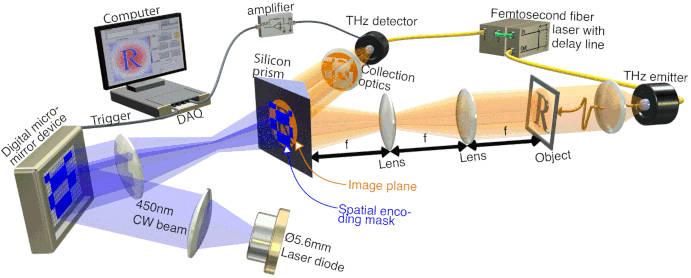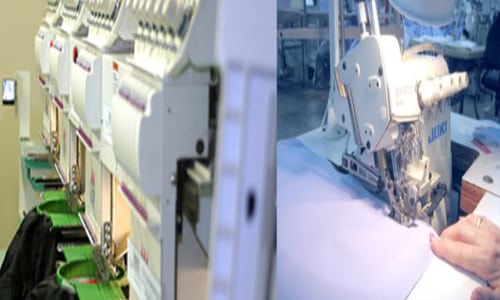
“Their terahertz camera reached 100 times faster acquisition than the previous state-of-the-art without adding any significant costs to the system or sacrificing the sub-picosecond temporal resolution needed for the most sought-after applications,” according to the University of Warwick.‘Single-pixel imaging’ is used, employing a spatial light modulator to project multiple THz patterns onto, or through, an object, then collecting their reflections or transmission with a single pixel detector.By number-crunching the received light levels with the patterns known to have been transmitted, an image of the object can be reconstructed.“We keep doing this for many different spatial patterns until we can mathematically reconstruct an image of our object,” said Pickwell-MacPherson. “Our work improves upon the acquisition rate of single-pixel terahertz cameras by a factor of 100 from the previous state-of-the-art. We do this by determining the optimal modulation geometry, by modelising the temporal response of our imaging system for improvement in signal-to-noise, and by reducing the total number of measurements with compressed sensing techniques.” adding: “Part of our work shows that we can reach a five times faster acquisition rate if we have sufficient signal-to-noise ratio.”
THz radiation is difficult to spatially modulate directly, so the researchers used an indirect approach.High-resistivity silicon is usually a dielectric as far as a THz beam is concerned, and therefore transparent. However, if it is illuminated with enough light – 450nm from a blue laser diode in this case – it becomes conductive enough to be opaque to the THz radiation.A blue laser beam is easy to modulate, allowing a visible pattern to be projected onto the silicon, causing a pattern of non-conductivity and conductivity on the wafer surface, which can spatially-modulate a THz beam impinging on the silicon at the same time.In the Warwick case, total internal reflection is used – the THz beam enters the prism through one face, bounces off the inside of its rear face, and exits through a third face. For modulation, the blue pattern is projected onto the outside of the rear face, pushing areas of conductivity into the prism (see diagram).
Carrier lifetime in the silicon means that the conductive patterns persist on the back of the prism, and limits the modulation frequency to a few kHz maximum.There is more to the modulator than this, and other techniques have been applied to increase speed and improve noise in the system. For more details, ‘Real-time terahertz imaging with a single-pixel detector‘ describes the work in Nature Communications, and can be read in full without payment.
Source: This news is taken from www.electronicsweekly.com








